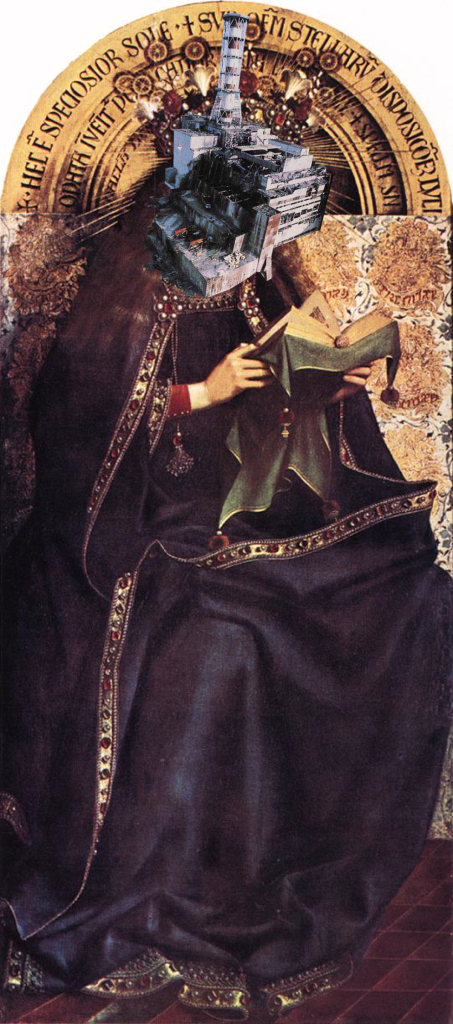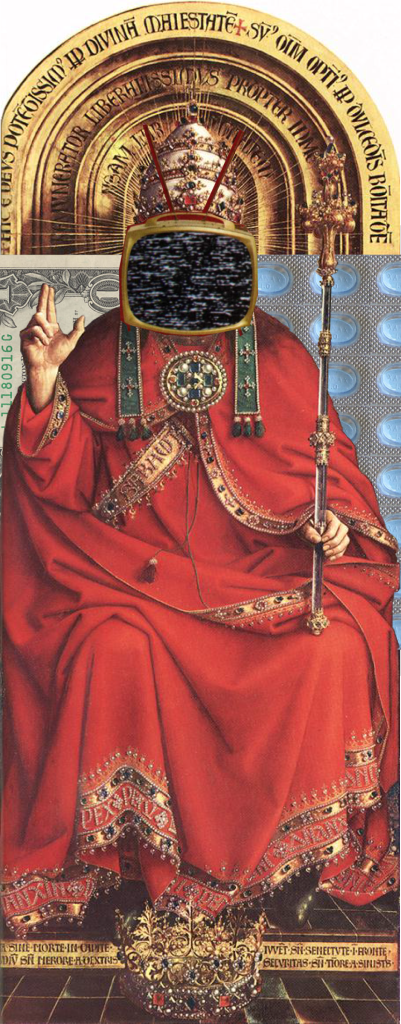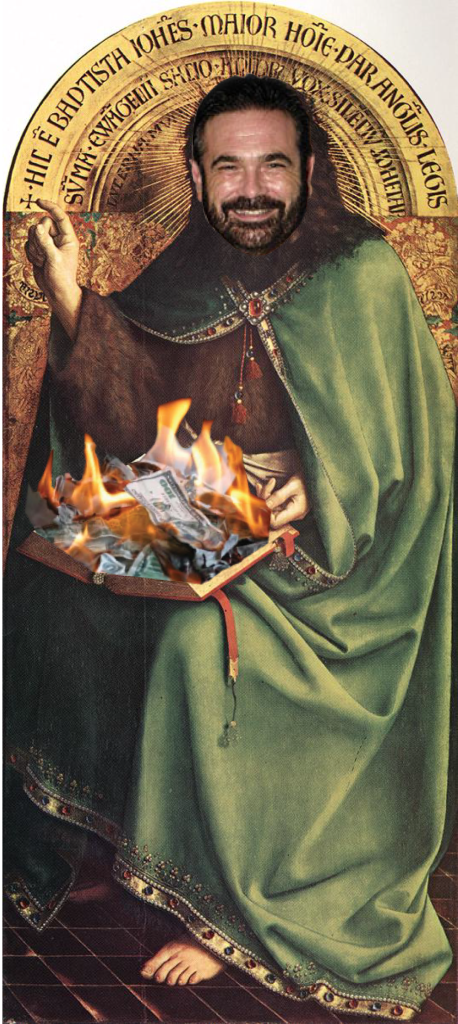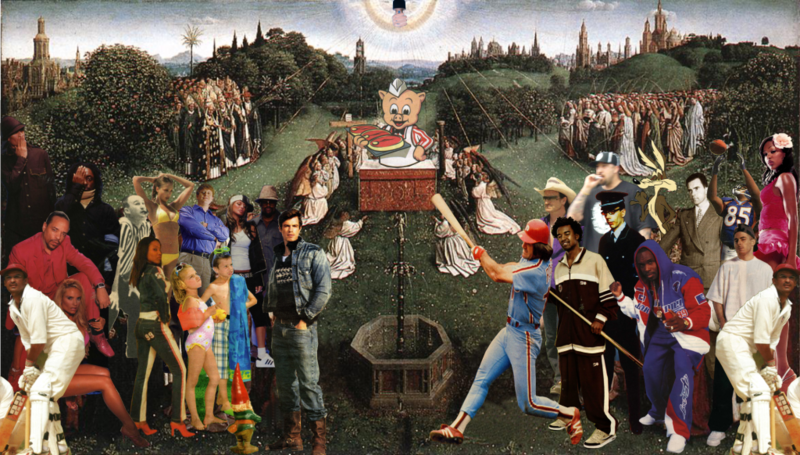This is a speech I made about zombie films in my Art Criticism class I just took for the summer:
Anyone who is a seasoned horror film connoisseur, or has seen a new movie in American in the past ten years knows what a zombie movie is - the world has been suddenly and completely terrorized by a viral-induced epidemic of mindless, blood-thirsty automatons and humanity is near the point of extinction. Certain rules apply to the situation: Always stay close to the rest of your friends. "Don't bury dead, first shoot in head." And as always, try to avoid any fluid-exchange with the walking dead, as time and time again, the result is cannibalism of the lowest flattery. These rules are seemingly universal in zombie movies - which have spanned close to a century now, close to the introduction of moving film itself, and have appeared in countries all over the world. However, as the genre sets itself up to become repetitive and stale after the first few apocalypses, filmmakers have found alternative ways to breathe fresh air into the (literally) dead concept. In effect, the zombie genre has become a frame within which filmmakers have applied their own ideas. My personal interest in the genre has been with what American zombie movies have offered conceptually, and otherwise, compared to films made in other countries.
Zombie movies in America have always been rife with symbolism. Aside from the obvious impending doom inherent within the plots of these movies, we can observe different factors and different characters that convey different things. In George A Romero’s Dawn of the Dead, the main non-zombie characters are forced to take refuge in a modern-day (1978) shopping mall. Soon thousands of zombies begin to make their way into the commercial establishment, walking aimlessly through the stores and foyers. They symbolize the American ideal endless shopping – spending money on trivial objects. Romero illustrates America's materialistic ways in Dawn, but does not cease to use his Dead movies as a vehicle to comment about other social issues in our country.
George Romero is an interesting subject in the history of zombie flicks - he practically invented the genre as it exists today. The year 1968 was a tumultuous and radical time for America, as civil unrest over civil rights brought man, once again, fighting man in the streets. It was also the same year that Romero released Night of the Living Dead. In Night, Romero's violent hordes of zombies replicate the violent hordes of protesters, policemen, and residents caught up in the often public and anarchaic disputes during the Civil Rights era. The main protagonist - a white female - falls under the heroic shelter in the form of a black male, who takes control of the dire situation. Using "minorities" in leading roles that were designed to make the audience sympathize for the characters facilitated Romero's intention to give proverbial power to those who, at the time, had very little. It also offers satiric value in that when the world turns to utter chaos, those who will retain the power will be the downtrodden.
Now, it seems that the task of comparing zombie films produced in just the country of the United States to those made in the rest of the world appears to be boastfully America-centric and also incredibly generalizing. Well, I'll agree that it is. However, my argument would be that America was the original breeding ground for the zombie phenomena. As the great spike in number of zombie/horror movies being made occurred in the 70's and early 80's on an international scale, it is important to note that America had seen its first zombie movie in 1932! Aptly titled White Zombie and starring horror legend Bela Lugosi, the plot of the movie centered around a much different notion, and definitely less viscera, then its more contemporary brethren. The plot is set in the "exotic" domain of Haiti, in which the main characters soon experience the local trade of voodoo. The "zombies" in this film are a completely different monster than those that we've all come to know and love in later years - the main difference being that it was possible to bring the zombies back to their original "human" form. If I were to analyze this classic for concept, I would have to say that White Zombie represents the exploitation of America's perception toward different cultures - especially in the sense that this was set in Africa, which at the time, was often portrayed as romantically savage.
As the American portrayal of zombies has often been symbolized and often used as a vehicle for racial commentary, international filmmakers have taken different approaches in the genre. It is practically impossible not to mention Italy, and more specifically the Italian filmmaker Lucio Fulci. Fulci's first foray into the "zombie genre" came in the form of Zombi 2 - what would later be endlessly retitled internationally, and in the U.S., would be simply known as Zombie. Zombi 2 is a perfect example of what Fulci brings to the zombie movie. According to Patricia MacCormack in
her essay about Fulci at sensesofcinema.com, Lucio Fulci would become infamous in making horror films "defined by flesh folded in new configurations which simultaneously folds the viewer in a visceral rather than conceptual way." Here is a rather encompassing quote from the same essay:
"
In order to evoke the powers of Fulci's best films I must first reconfigure the seemingly given paradigms of cinema. Here I ask the reader to variously rethink or forgo these concepts as necessary for cinematic pleasure. This involves letting go of: narrative as a temporalisation of viewing pleasure which accumulates the past to contextualise the present and lay out an expected future; images as deferrals to meaning, signs to be read or interpreted; characters as integral to plot, both in film in general and horror in particular as that which must be conceptually characterised in order to be meaningfully killed off or destroyed; narrative as intelligible contextualiser of action; exploitation as gratuitously existing for its own sake or to affirm and intensify traditional axes of oppression in society; gore as demeaning or a lesser focus in the impartation of visual expression; pleasure as pleasurable; repulsion as unpleasurable; violence as inherently aggressive; horror as dealing only with notions of returned repression, infantilism or catharsis. I ask the reader... to shift their address from why or
what the images mean to how they affect."
In this interpretation, Fulci is painted as less of a writer who uses metaphor and allegory, and more of an artist who uses the camera lense as a means to create pictures. I believe this is a fair assessment; as I've mentioned, 1979's Zombi 2 represents the end to this visual means. The plot of Zombi 2, aside from being a tacked-on unofficial sequel to Romero's Dawn of the Dead (a notably Italian tradition in cinema apparently - where filmmakers will make sequels to movies they were not originally involved with, and given the Italian label of figlia), involves the protagonists traveling to a Pacific island in search of a lost family member - a scientist who, of course, had his surgical gloves elbow deep in zombies. This is pretty much where the plot ends and the visual stimuli begins - eyes are slowly gouged oozing from cranium, intestines ripped from the bowels, and most importantly, zombies fighting sharks. As the lack of symbolism and plot-heavy, twist-induced writing is traded for goraphilic eye masturbation, Zombi 2 is still what it aims to be - creepy as hell. Fulci would go on to make other zombie movies in the same vein - focusing more on environment and immediate reaction to the senses.
Fulci's Italian take on the zombie genre, as I've explained, is more akin to a painting - more about the art of making a zombie film. Is this the European take on the genre - zombies as art? Well another European example of zombie cinema is the more contemporary 1994's Cemetery Man (aka Dellamorte Dellamore) directed by Michele Soavi. The plot revolves around the main character Dellamore, who is a seemingly emotionless caretaker for a cemetery - mainly due to the fact that he must deal with walking corpses on a daily basis, as zombies rise like clockwork. One night, he meets a girl visiting her dead lover, and falls in love. Soon however, she too falls victim to the grasp of death, leaving him to long for his eventual zombie love. Here we have a zombie romance - a product of a postmodern reappropriation to the traditional zombie genre that has been a contemporary concept. This brings me to the 2004 zombie comedy Shaun of the Dead from England directed by Edgar Wright and starring/written by Simon Pegg. In Shaun, the protagonist is lulled by his modern life of the dead-end day job, bar visits, and Playstation. Soon, however, his everyday lifestyle is met with the sudden outbreak of zombies (like any great zombie movie, sudden is the keyword), and he is left with his friends and his wits to fend for his life. The result is very comedic, as time and time again, the general population of modern-day England is juxtaposed next to zombies with shocking similarities (which was met with equal appreciation in the U.S. as the same cultural plights apply). Shaun of the Dead represents a stray from the art-house stylings of major zombie films in Europe in the 70's and 80's into a more crafted storyline.
In Asia, the "zombie genre" is something completely different. Asian filmmaking and general storytelling has always been grounded in tradition and extending the traditions through the passage of information to further generations. In this sense, the "zombie film" is replaced with tales of spirits that come back from the netherworld. Rotting corpses are replaced with re-embodied ghosts who are able to touch and interact with the living world - often with violent and murderous results. Obvious recent examples of such "spirit films" have been the Ringu series and Ju-On, both of which were later exported and re-written to fit American cinema. Another film from Singapore, called The Maid (from 2005), is about a girl from the Philippines who is sent to work as a maid for a family. It is the seventh month, which is the month in which the gates of hell are open, and citizens must make daily offerings to the spirits in order to not get murdered. This tradition is what appeases the dead and prevents them from appearing in the physical form, in leu of the zombified counterpart.
In conclusion, I feel that zombie films in America fulfill a certain amount of conceptual value that most American filmmakers have been programmed by Hollywood to incorporate into their films. This has been achieved with various results within Hollywood, with the obvious example of the new Indian Jones movie as the end of the spectrum. However, with the films of George A. Romero, as I feel he is practically the master of zombie cinema in the U.S., the zombie genre has been brought from a cliche, to what is considered these days as a valid outlet for artistic expression - in writing and in film. As history has shown, the zombie genre has been replicated to fit into other cultures. But, I feel that as a social commentary, the zombie movie is best suited in the USA, where our daily routine of television, fast food consumption, and 9 to 5 work ethic is the cosmic force that continues to walk the earth mindlessly.
Biblio:
Patricia MacCormack, "Lucio Fucli",
http://www.sensesofcinema.com/contents/directors/04/fulci.html































